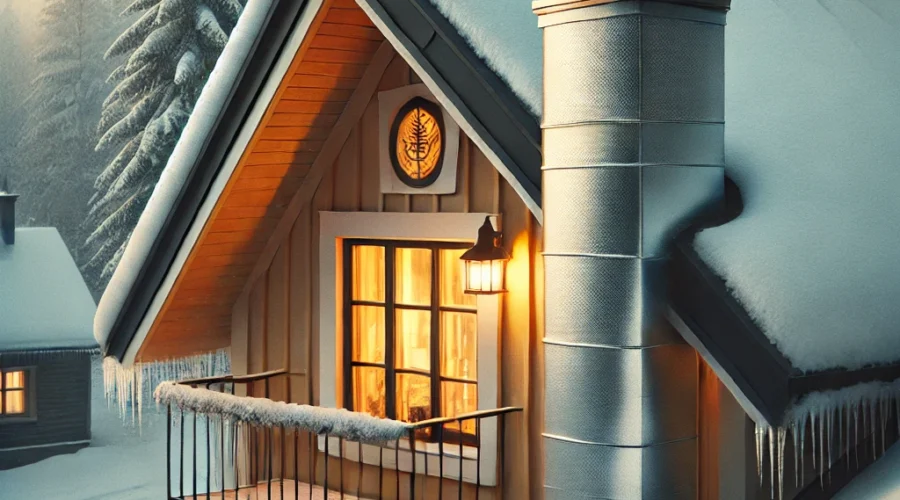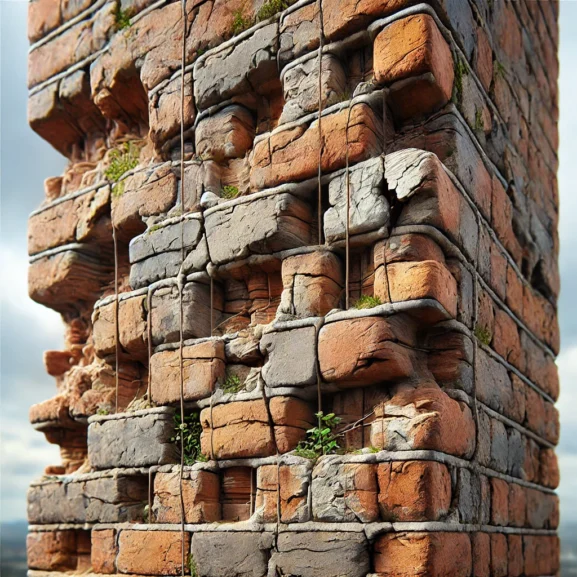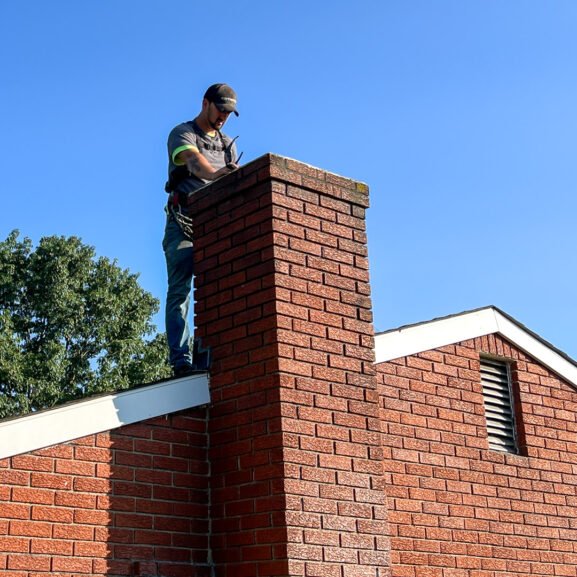How to Prevent Frozen Chimney Dampers in Cold Weather: Tips for a Safe Winter Home
As the winter chill sets in, we often find ourselves huddled around the fireplace, seeking warmth and comfort. But what happens when our cozy haven is disrupted by a frozen chimney damper? This common cold-weather issue can lead to inefficient heating and even pose safety risks.
In this text, we’ll explore the causes of frozen chimney dampers and how they affect our home heating. We’ll also share practical tips for preventing this problem, ensuring our fireplaces function safely and efficiently throughout the season. Let’s jump into the world of chimney care and keep our homes warm and inviting all winter long.
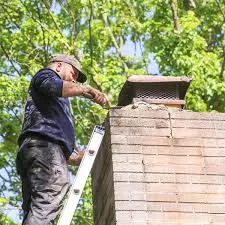
A Complete Guide to Chimney Dampers: What You Need to Know
Chimney dampers play a crucial role during the cold months, especially in icy temperatures. They manage airflow, protect against debris, and help control heat loss. Let’s understand the types and significance of chimney dampers.
Different Types of Chimney Dampers
Chimney dampers come in various styles, each suited for specific needs:
- Top-Sealing Dampers: These provide a tight seal at the chimney crown. They help prevent ice buildup and are excellent for energy savings by reducing heat loss.
- Throat Dampers: Located above the fireplace, they’re common in older homes. While less effective in sealing, they still reduce flue obstruction and improve ventilation.
- Lock-Top Dampers: A hybrid option combining throat and top-sealing benefits. They’re effective against smoke backdraft and enhance air circulation during seasonal maintenance.
Importance of Chimney Dampers in Home Heating
Chimney dampers significantly impact your home’s warmth and safety:
- Heat Retention: A functioning damper minimizes heat loss, improving fireplace efficiency during freezing temperatures.
- Home Safety: Properly maintained dampers prevent moisture issues, like rust and mold, contributing to safer indoor air quality.
- Energy Savings: Dampers stop unwanted drafts, lowering heating costs and ensuring effective home heating.
Choosing the right damper and having scheduled chimney maintenance can prevent costly repairs. Professional services ensure optimal operation without DIY risks.
Cold weather can exacerbate winter heating issues, making routine checks essential. Embrace the warmth confidently by ensuring your chimney dampers are up to par. Contact us for your chimney repair needs and benefit from our expertise in fireplace efficiency.
Causes of Frozen Chimney Dampers in Cold Weather
Frozen chimney dampers leave us stuck with winter heating issues and chilly homes. Let’s explore what causes these problems so we’re all set for the frosty season.
Weather Conditions and Temperature Drops
Freezing temperatures can turn our chimney dampers into ice sculptures. It’s like nature’s way of keeping the heat in the chimney. These conditions often lead to ice buildup, making it hard to open or close dampers. When temperatures drop suddenly, any moisture lurking in your chimney might freeze too, sealing your damper tighter than a drum.
Moisture and Condensation Issues
Moisture is no friend to chimney dampers. When water vapor inside the chimney condenses, it forms a perfect recipe for damper problems. This condensation encourages ice formation, especially during cold weather. Frequent flue obstruction can result from this moisture, as the damper gets stuck with ice. Stuck dampers might also cause smoke backdraft, filling our living rooms with a fog that’s better left outdoors.
For more solutions, tips, or expert chimney inspections and maintenance that restore warmth efficiently and safely, contact a professional.
Impact of Frozen Chimney Dampers
Frozen chimney dampers pose significant challenges during cold weather, affecting safety and energy efficiency. Let’s explore how these issues impact our homes.
Safety Concerns
Frozen dampers increase safety risks by blocking proper ventilation in our chimneys. These blockages can cause dangerous smoke backdrafts into the living areas, compromising home safety. Plus, ice buildup may lead to flue obstruction, creating dangerous conditions for both air circulation and heat retention. Chimney maintenance, particularly in freezing temperatures, becomes crucial.
Regular checks are essential since a half-closed or obstructed damper can contribute to carbon monoxide buildup—a silent and hazardous threat. If your damper feels stuck, our friendly team suggests reaching out to professionals instead of attempting DIY fixes.
Energy Efficiency and Heating Costs
Frozen dampers effectively open the door for warm air to escape and cold air to invade your living spaces, leading to inefficiency in our fireplaces. The result? Increased heating costs and a less cozy home. Winter heating issues, worsened by frozen dampers, leave many homeowners shivering as they receive hefty bills.
Maintaining chimney components ensures consistent fireplace efficiency, eventually conserving energy. Moisture issues combined with cold air can diminish energy efficiency, so regular chimney inspections are key. Fortunately, our experts are ready to assist with any damper problems that arise.
Preventive Measures for Frozen Dampers
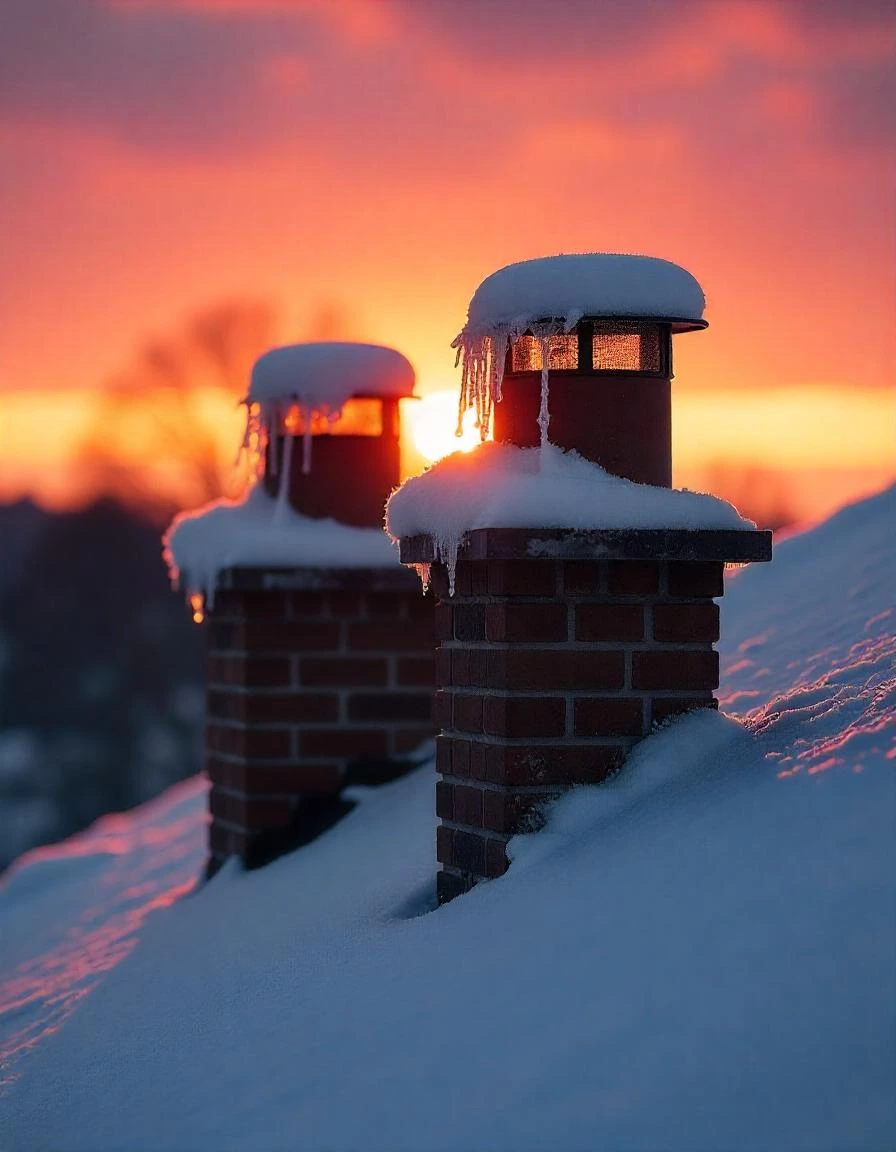
Frozen chimney dampers can be a real headache during cold weather. Let’s explore ways to keep them in top shape, ensuring your home’s chimney remains efficient and safe.
Regular Maintenance and Inspection
Chimney maintenance is vital in preventing damper problems caused by freezing temperatures. Regularly inspecting the chimney helps spot issues like moisture buildup, which can freeze and cause obstructions. We recommend hiring a professional for seasonal maintenance as they can tackle potential trouble spots. They can check the flue, clear any debris, and ensure smooth airflow. You might not be an expert detective, but even Sherlock would agree—prevention is better than searching for a smoke backdraft clue.
Insulation and Weatherproofing Tips
Keep heat retention high and winter heating issues low with proper insulation. Effective chimney insulation helps prevent ice buildup on dampers by reducing cold air intrusion. Weatherproofing the chimney with waterproof barriers also guards against moisture, which can freeze and restrict damper movement. In areas, where winter can be harsh, addressing these aspects can enhance fireplace efficiency and prevent flue obstruction. Seal any gaps and insulate the chimney to bolster your home’s defenses against freezing temperatures.
Solutions for Thawing Frozen Chimney Dampers
Thawing frozen chimney dampers is crucial for maintaining fireplace efficiency in cold weather. Let’s explore some safe methods and professional options to ensure proper ventilation and heat retention.
Safe Methods to Unfreeze Dampers
- Use a Hair Dryer or Heat Gun: Gently applying heat can help thaw ice buildup without causing damage.
- Apply Warm Towels: Place warm, damp towels over the damper to melt the ice gradually.
- Maintain Consistent House Temperature: Keeping the inside temperature steady minimizes freezing temperatures at the damper.
Exercise caution while performing these steps. Even if your DIY skills are legendary, it’s best to let the pros handle the tricky parts of chimney maintenance.
Professional Assistance and Services
Professional chimney repair services tackle freezing temperatures head-on. Technicians manage ice buildup efficiently and ensure safety by preventing flue obstruction. Seasonal maintenance includes thorough chimney inspections that avert winter heating issues and enhance fireplace efficiency.
Our team provides comprehensive support. Regular maintenance avoids smoke backdraft and enhances air circulation. For more guidance, check the National Fire Protection Association for fire safety tips. Also, consider contacting the Chimney Safety Institute of America for trusted resources.
Contact a professional to schedule a free consultation. Experts are available to enhance your chimney’s performance and ensure your home stays safe and warm throughout the winter.
Preventing Frozen Chimney Dampers
As we face the challenges of winter, frozen chimney dampers shouldn’t be overlooked. They play a vital role in maintaining our home’s warmth and safety. By understanding the causes and impacts of frozen dampers, we can take proactive steps to prevent them. Regular inspections and professional maintenance are key to ensuring our chimneys function effectively. Let’s remember, while DIY solutions can help, expert assistance is often the safest and most efficient option. By following these guidelines, we can enjoy a cozy and secure home throughout the cold months. For those needing expert advice, our trusted chimney services are just a call away.
Frequently Asked Questions
What causes chimney dampers to freeze?
Chimney dampers freeze due to exposure to freezing temperatures and moisture issues within the chimney. Sudden temperature drops can lead to ice buildup, making dampers difficult to operate. Additionally, condensation can form ice within the chimney, causing potential flue obstructions and smoke backdrafts.
How do frozen chimney dampers affect home heating?
Frozen dampers disrupt airflow, causing smoke backdrafts and carbon monoxide buildup. They also decrease energy efficiency by allowing warm air to escape and letting cold air in, leading to increased heating costs and reduced home comfort.
What are some methods to safely thaw frozen chimney dampers?
To safely thaw frozen dampers, you can use a hair dryer or heat gun, apply warm towels, or maintain a consistent house temperature. However, professional assistance is recommended to ensure safety and proper functioning.
Why is regular maintenance essential for preventing frozen dampers?
Regular maintenance is crucial to identify moisture buildup and potential issues early. It ensures dampers operate smoothly, prevents obstructions, and saves on costly repairs. Professional inspections and seasonal maintenance help maintain optimal chimney performance.
How do chimney dampers improve energy efficiency?
Chimney dampers control heat loss and manage airflow, keeping warm air inside and preventing cold drafts. Properly functioning dampers reduce energy bills and enhance indoor comfort, especially in cold climates.
What types of chimney dampers are available?
Chimney dampers come in various types, such as top-sealing, throat, and lock-top dampers. Each type serves specific functions, like managing airflow, and protecting against debris. Choosing the right damper depends on your chimney’s design and needs.
Why should I consult professionals for chimney maintenance?
Professionals offer expertise in detecting issues like ice buildup and structural damage. They provide thorough inspections and maintenance, ensuring safe, efficient operation. Their services can prevent winter heating problems and enhance overall home safety.
